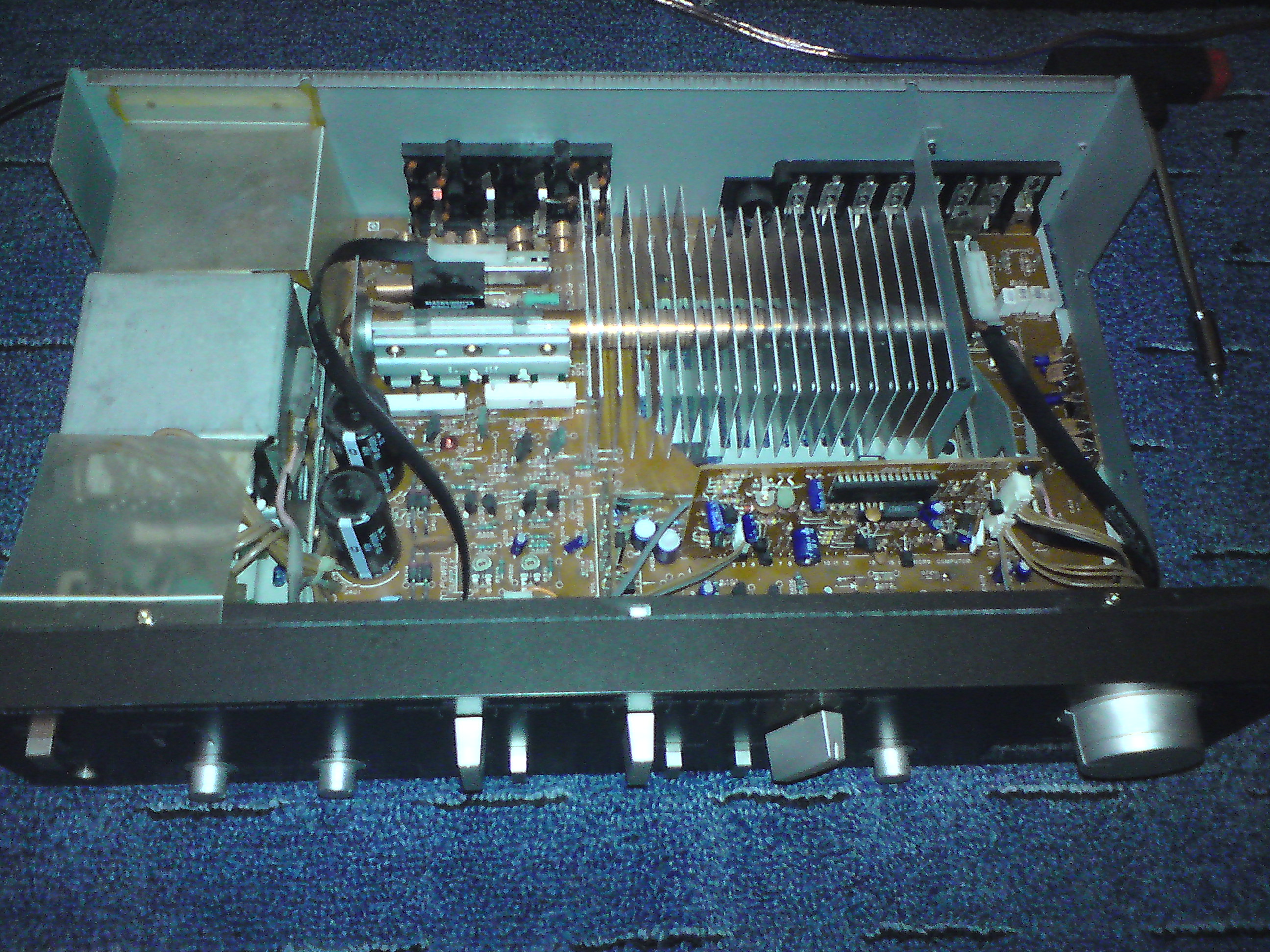Think of the big block of metal that sits directly on the CPU. Of course surface area to mass ratio makes a difference, but the thick pipes conduct the heat to the fins.Computer coolers are very much the opposite of "big blocks of metal". They're extremely high surface area, and minimal structurally-sound mass for that area. Only real blocky mass is in the heat pipes.
It’s simple physics. Even without fins, a big steel case weighing 10 kilograms will keep the board cooler than a tiny case weighing 500 grams As the heat is transferred to the case.
Here, we need a structural case (thick and heavy metal) with fins which are much thicker than on a CPU cooler. The concept is the same.. just not as efficient as a CPU cooler. But you have a huge heat sink in a heavy case as long as there is reasonable thermal conductivity between the amplifier board and the case.
If this didn’t work, why do all those Class A amplifiers weigh a ton? Thank goodness for class D. But you are still generating quite a bit of heat if you’re running up against the amplifier’s specified limits.
Last edited:



